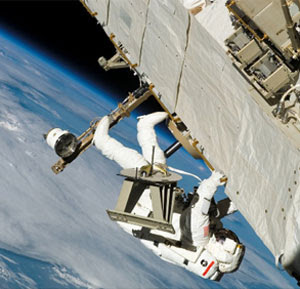Nasa dominates as rivals play catch-up
Engineers opened the hatch of the Mars 500 space capsule this week and six "cosmonauts" emerged from a simulated three-month interplanetary flight. Next year, the Russian and European space agencies will send another crew on a longer simulated mission to Mars and back, lasting a year and a half. The cosmonauts - four from Russia and two from western Europe - live in isolation in a mock spacecraft outside Moscow, experiencing conditions as close as possible to a real flight. There is, for instance, a communication delay of up to 20 minutes each way, to reflect the time taken for radio signals to travel between Mars and Earth. But the very fact that the two agencies are spending millions to assess the psychological and medical effects of interplanetary travel is a statement of long-term intent. dreaming of mars dreaming of mars "I hope that the scientific data we have provided over the last two months will help to make a mission to Mars possible," said Oliver Kni...





